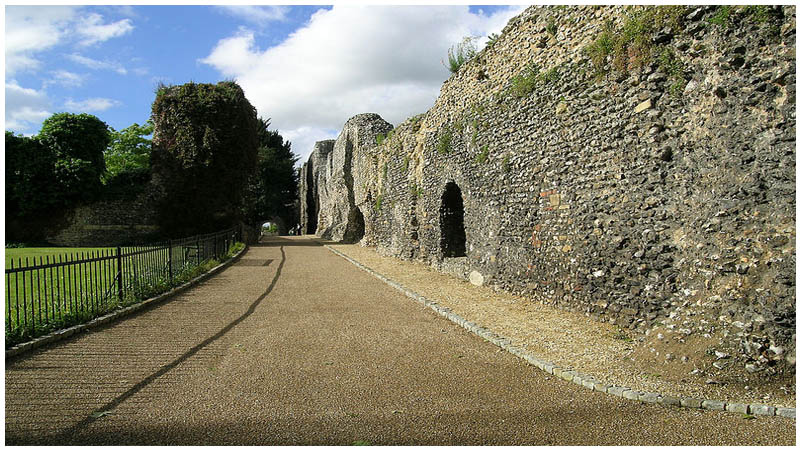Reading Abbey stands, unsurprisingly, in Reading: a town in the county of Berkshire, England. Its construction was funded in 1121 by Henry I, the fourth son of William the Conqueror. A specialist conservation group, CRL Conservation, has been working on the abbey as part of Reading Abbey Revealed.
Which is a $4 million heritage project that aims, in the words of Paul Gittings, Reading Council’s Lead Member for Culture, “to open the Abbey up fully to the public, alongside an exciting program of events and activities, and to preserve the ruins and gate for generations of people to explore and enjoy.”
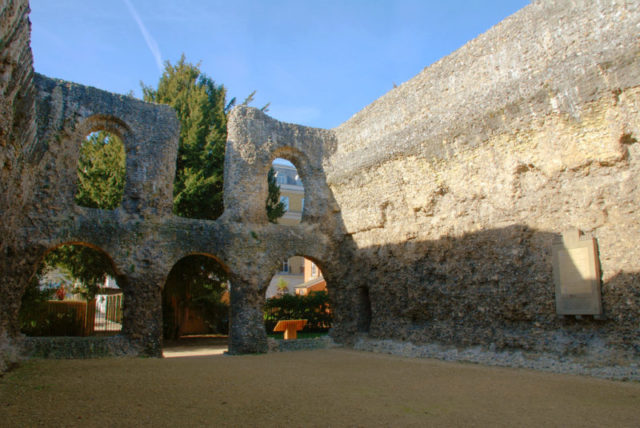
It is written on Reading Borough Council’s Abbey Quarter website that: “The Reading Abbey Quarter was created to bring together the unique, cultural heritage that exists within the former grounds of Reading Abbey, once one of Europe’s largest royal monasteries.”
The first monks to inhabit Reading Abbey came from Cluny Abbey in eastern France, along with another group of monks from Lewes Priory. The abbey was dedicated to St. John the Evangelist as well as to the Virgin Mary.
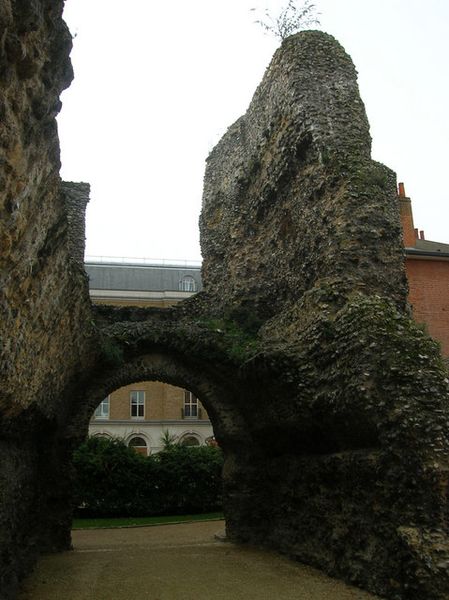
A monk by the name of Hugh of Amiens became Reading’s first abbot in 1123. Later in life, Hugh reached the position of Archbishop of Rouen. His final resting place is Rouen Cathedral.
The abbey was located between two rivers: the Thames and the Kennet. The rivers were convenient for transport and would help more people to visit. The abbey had its own wharves on the River Kennet as well as a number of mills – most of which were on a channel of the Kennet, called Holy Brook.
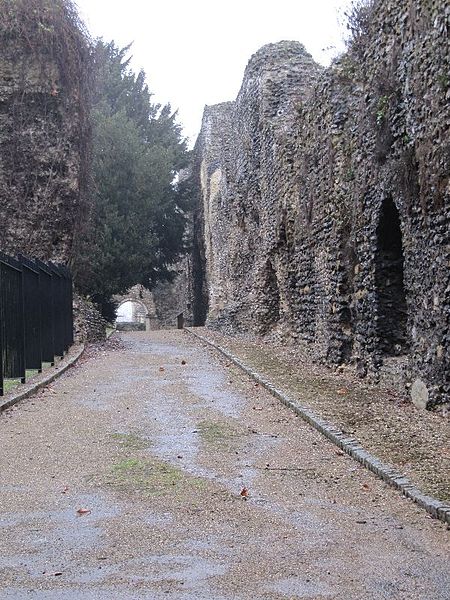
When King Henry I lost his life to illness in Saint-Denis-en-Lyons, his body was transported back to Reading. According to The Guardian “Henry I died in France in 1135 – famously, according to his physician, from gorging on ‘a surfeit of lampreys’ – but his body was sent back for burial in the abbey he founded, stitched into a bull’s hide.”
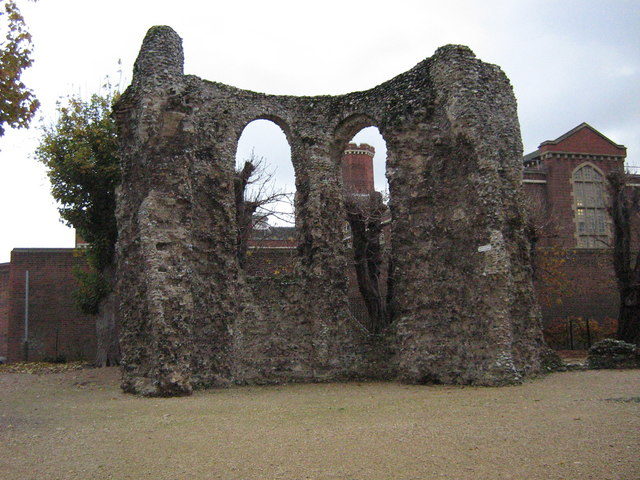
According to researchers, parts of the bodies of William of Poitiers and Matilda of Scotland were kept at the abbey. The abbey was one of the most important and richest monasteries in the country. It is said that the abbey received gifts from as far as Scotland.
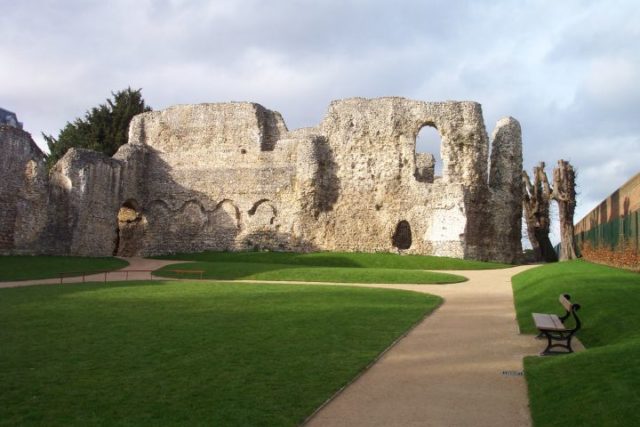
230 relics were kept at the abbey, the likes of which included St James’s hand. The abbey was frequently visited by Royals and many other notable people, for example Henry III loved to visit Reading Abbey and it is said that he came four times a year.
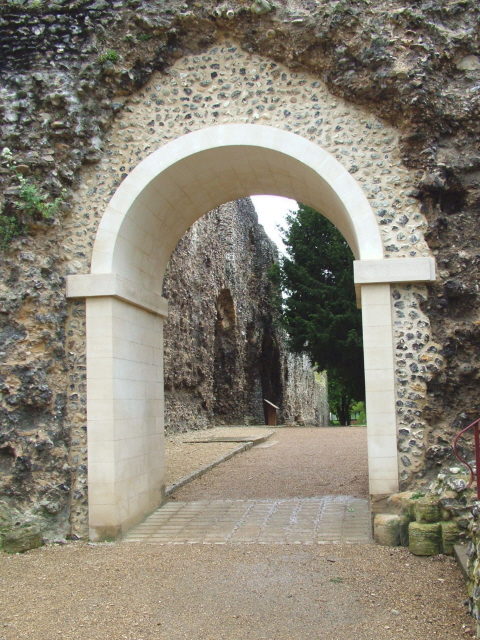
Notable events that were held at the abbey include the wedding of John of Gaunt and a meeting between the Patriarch of Jerusalem and Henry II. The abbey was mostly destroyed during the Dissolution of the Monasteries in 1538.
Hugh Faringdon served as the abbey’s last abbot. His life ended in front of the abbey, where he was found guilty of high treason and incurred the penalty of being hung, drawn and quartered.
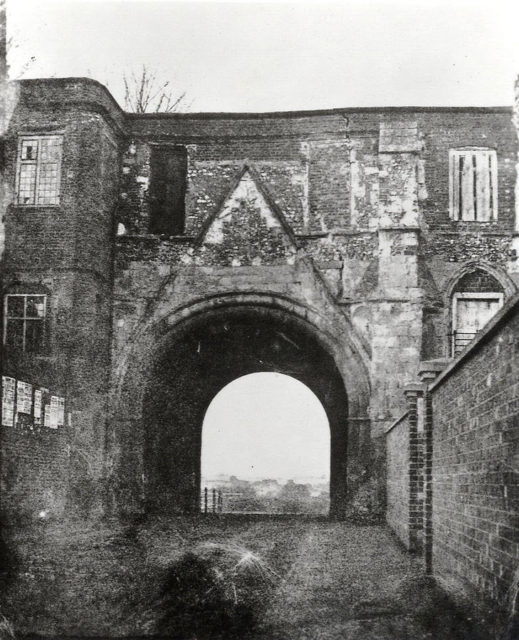
Following the Dissolution, the abbey was extensively robbed and scraped to the bare stones from which it was erected. Later in history, it was converted into a town hall and part of it became a school.
It remained in use until the 18th century. By this point in history, the abbey was already hundreds of years old and was severely weakened. In 1787, a great number of the stones were removed and were used to erect Conway’s Bridge.
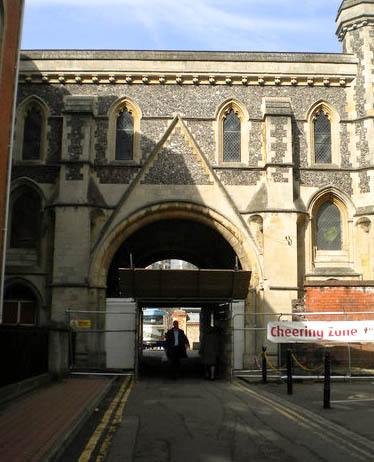
Today the abbey lies in ruins, but the ongoing conservation efforts of the Reading Abbey Revealed project will ensure the story of one of England’s richest monasteries stays alive for many years to come.
